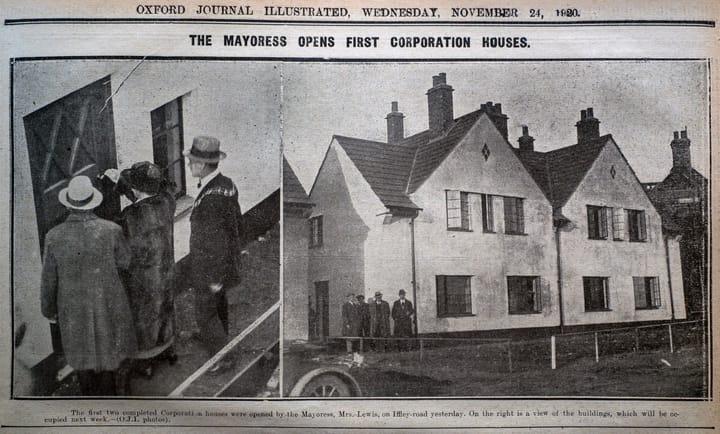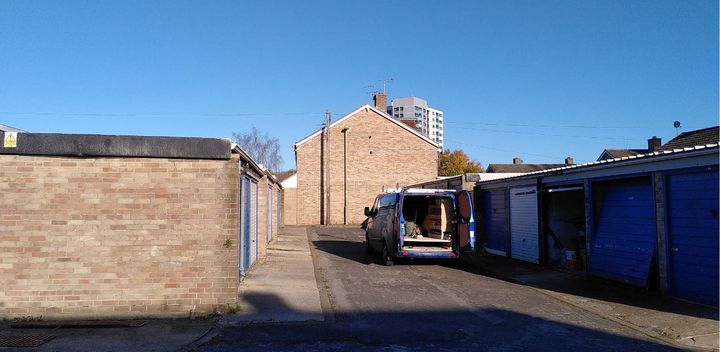The day the walls came down
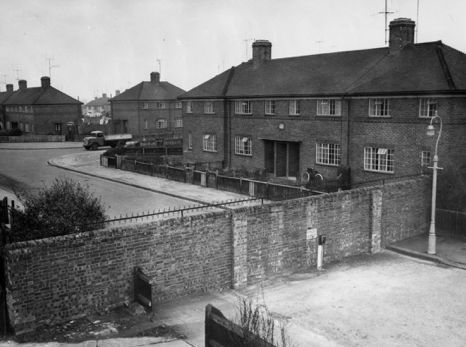
Today, 9 March, marks the anniversary of the destruction of the Cutteslowe Walls. Built in 1934, they separated a private housing estate, built by the Urban Housing Company owned by Clive Saxton, from the council housing estate built by Oxford City Council.
While we may think of Oxford as the city of dreaming spires, between the two wars, Oxford’s population grew by 88% – from around 57,000 in 1921 to 107,000 in 1941. Car manufacture was the force behind this, not just at William Morris’s factory but in the trades that serviced it. Oxford attracted workers from around the county and also further afield, particularly from South Wales, where pit closures were leading to mass unemployment. These workers needed housing – and the notorious city centre slums of St Ebbes were no fit place to house them.
Oxford City Council embarked on a grand programme of council house building and slum clearance. But it also sold some of the land to private developers, including Clive Saxton. He feared that his housing would not sell if so called ‘slum dwellers’ were next door – so he built a wall to separate them.
A formidable structure two metres tall, and topped with rotating iron spikes, they were more akin to prison fortifications than urban fencing. They also meant residents had a 600m detour to reach the Banbury Road. A physical symbol of class division, they sparked uproar.
Enter Abe Lazarus, local leader of the Communist Party. In May 1935, he attempted to lead 2000 local residents in demolishing the walls. This was stopped by the police and, according to a party member, by the capitulation of “certain legalist members of the [tenants’] committee”.

In June 1938, the council steamrollered the walls – but were forced to rebuild them after being sued by Saxton. During World War Two, a tank drove through the walls while on a practice exercise, but the War Office paid for the rebuilding.
In 1953, councils in England were given powers of compulsory purchase and Oxford City Council adopted them in 1955. The city purchased the strips of land on which the walls stood for £1000 and on 9th March 1959, the walls came down.
Councillor Edmund Gibbs, Chairman of the City Estates Committee and son of a long time campaigner for demolition, took the first swipe at the walls with a pickaxe.
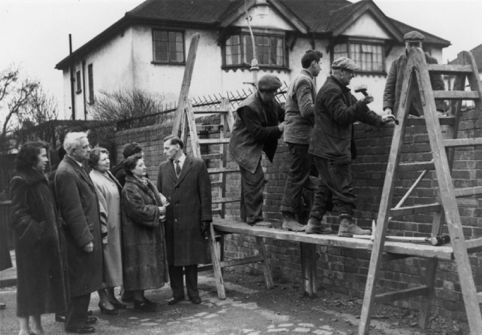
Visitors to Aldrich Road can see a blue plaque, unveiled in 2006, where the walls once stood. Sections of the iron spikes can be seen in the Museum of Oxford’s collection.

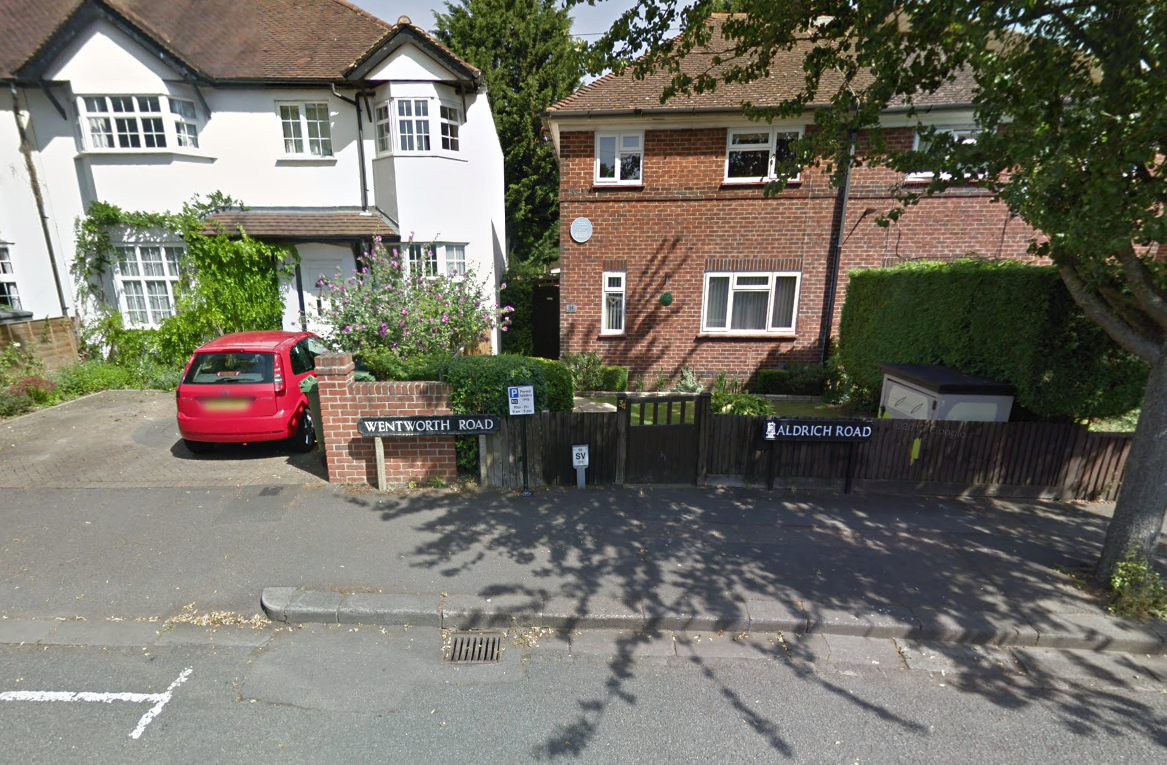
The Cutteslowe Walls may seem like a relic from long ago. But modern urban design can still achieve the same effect, sometimes accidentally, sometimes deliberately.
Cul-de-sac road layouts, ubiquitous in the 1990s, continue to be used to separate “affordable housing” from more exclusive “market housing”. Busy roads can form a de facto barrier preventing children from one side mixing with those on the other. Building retail and leisure facilities at car-dependent, out-of-town locations shuts out poorer families who cannot afford a car. Today’s developers may be a little more subtle than Clive Saxton, but the challenges remain.
Further reading:

